To me, the most important attraction in all of Walt Disney World isn’t a high-speed roller coaster, doesn’t feature a trackless ride system, is devoid of fireworks, lasers or projections, and is the furthest thing from cutting-edge
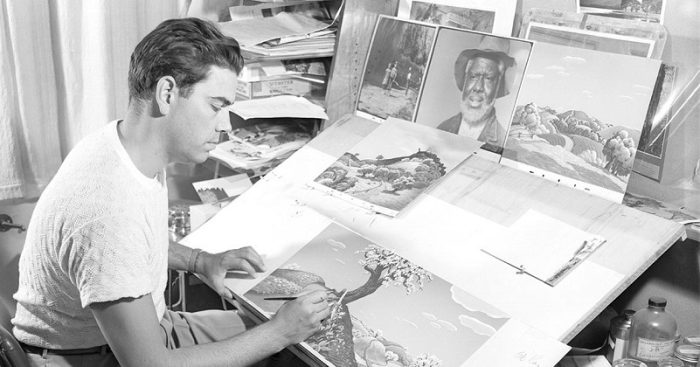
One Man’s Dream is the story of Walter Elias Disney, who during his life took more chances than a riverboat gambler and who, more often than not, beat impossible odds. It’s the story of a man who rose from humble beginnings to become perhaps the most influential force in the entertainment industry, be it in animation, motion pictures, theme parks or television.
But Walt Disney would be the first to tell you that he didn’t achieve success alone.
WALT RECOGNIZED TALENTED PEOPLE
Walt had an uncanny ability to recognize talented, gifted people. And he made it his mission to surround himself with folks who helped fulfill his wildest dreams and ambitions.
“Walt saw in us things we didn’t see in ourselves,” was how former Disney Imagineering leader Marty Sklar put it.
Many of the men and women who worked for Disney during the company’s “glory days” in the 1940s, ‘50s and ‘60s became stars in their own right, folks like Mary Blair, Herb Ryman, Ub Iwerks, John Hench, Bob Gurr, X. Atencio, Ward Kimball, Frank Thomas, Ollie Johnson, Jack Lindquist and the aforementioned Sklar.
But there was a group of Disney cast members who toiled in the background, all but anonymous to the public – people who somehow escaped the spotlight’s glare during their illustrious Disney careers – yet made significant contributions to the unparalleled success of the company.
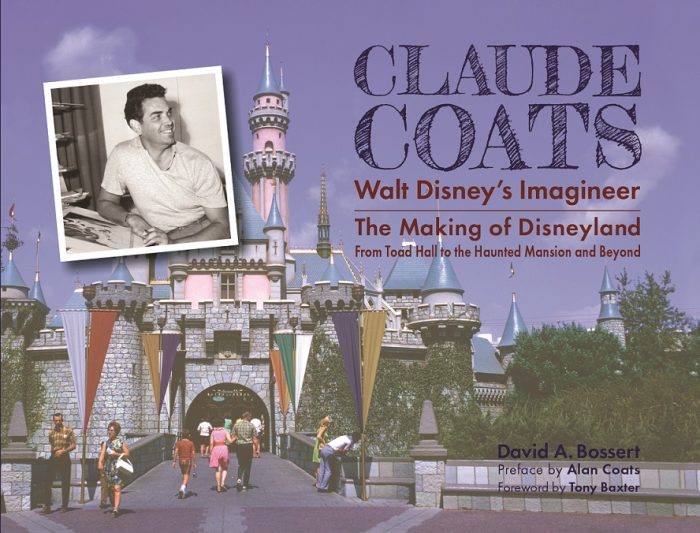
The epitome of a gentle giant, the 6-foot, 6-inch Coats not only preferred to be in the background when he worked, he flourished in it. In fact, he began his career with the Walt Disney Company painting background scenes for such Disney animation classics as Snow White and the Seven Dwarfs and Pinocchio.
Claude went on to play a key role in the formulation of WED Enterprises, the design and development of Disneyland and several of its most iconic attractions, before topping his career with work on the Magic Kingdom at Walt Disney World, EPCOT, Disneyland Paris and Tokyo Disneyland.
Although he was widely loved and respected by his peers and even attained Disney Legend status in 1991, Claude Coats has remained a hidden figure in the vast Disney firmament.
Hopefully, that’s about to change.
With the recent release of David A. Bossert’s Claude Coats: Walt Disney’s Imagineer—The Making of Disneyland: From Toad Hall to the Haunted Mansion and Beyond [The Old Mill Press, 264 Pages, $65] the world will learn about Claude Coats – through indepth text and stunning archival photos – and his amazingly productive career with the Walt Disney Company.
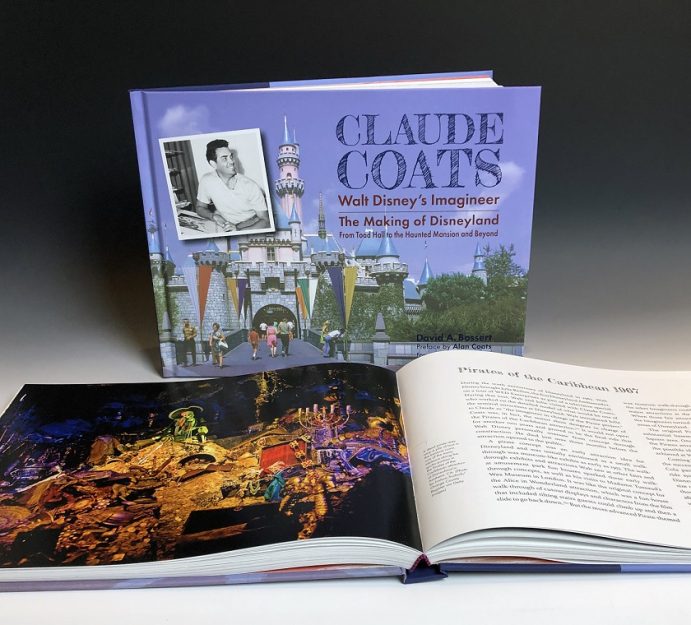
Among his works: Remembering Roy E. Disney; a deep dive into distinctive Kem Weber furniture designs; 3D Disneyland; and a look into Dali, Disney and the film short Destino.
In a roundabout way, Bossert’s book on Salvador Dali, Walt Disney and the Destino project can be tied to the new book on Claude Coats.
In a recent interview, Bossert explained: “Honestly, every one of my books seems to have been just a serendipitous moment and this was no exception.
“About five years ago, I was at a conference in Los Angeles and as I was entering the conference, this tall gentleman in a baseball cap came towards me. He saw my name badge on a lanyard I had around my neck and said, ‘I just got your Dali and Disney book at Barnes and Noble.’ and I was thrilled.
“I looked at his name badge and it said ‘Alan Coats’ and I thought, ‘Well, it’s gotta be Claude Coats’ son.’”
A TREASURED FRIENDSHIP EVOLVED
It turns out the relationship between Bossert and Claude Coats goes back to Dave’s early days at the Disney Animation Studios.
Back then, Bossert would often walk over to the Disney Imagineering commissary for breakfast. One morning, he met Claude Coats and a treasured friendship evolved.
“For about 18 months, I’d see him once or twice a week and we’d sit and chat,” Bossert said. “I conveyed that to Alan and we agreed to meet for lunch.”
At a Burbank restaurant, Bossert relayed to Alan Coats that his father “was an incredibly nice guy and very gracious and open and approachable. I was just starting my career at the company and he was in the twilight of a 54½-year career.
“That’s really what I wanted to convey to Alan. I had no intention of writing a book about Claude at that moment, but by the end of the lunch, Alan said ‘Hey, would you be interested in writing a book on my father?’ and that’s really how it started.”
Like all of his books, Bossert did extensive research and legwork, a process he called “a journey.”
“I started by interviewing a lot of people who knew Claude. In fact, I think I did one of the last interviews with Marty Sklar before he passed away [in 2017]. Alan and I both went up to Marty’s house [in the Hollywood Hills]. We sat in his home office and recorded him for about two hours, just talking about Claude Coats.
“Then it was a matter of doing a lot of the research, gathering up a lot of material and then deciding what the story was going to be.”
Claude Coats’ career spanned 54½ years and encompassed many major accomplishments.
“Alan and I had a lot of conversations,” Bossert said, “and we ultimately broke Claude’s career down into three segments.

“Claude had training in architecture and fine art; he was an accomplished watercolor painter. He liked to build models. For instance, on the animated classic Lady and the Tramp, he built some models. We have some photos in the book that show some scale models that enabled the artists to understand the dog’s eye view of the different rooms in the house and what not.”
Then there was the segment of his career where Claude helped put together WED Enterprises, the forerunner of Walt Disney Imagineering. During this time, Claude made significant contributions to the design and development of Disneyland, including his work on the Mr. Toad’s Wild Ride attraction.
“At the end the Lady in the Tramp, Claude was kind of done with animation. He wanted to do move on to other things and so it was really a perfect opportunity when Walt came in and said, ‘Hey, I want you to work on Mr. Toad’s Wild Ride’ for Disneyland. That was really the beginning of his Imagineering career at the company.”
HELPED DEVELOP MANY DISNEYLAND CLASSICS
Claude spent the next 15 years developing Disneyland and some of the park’s most iconic attractions, things like Alice in Wonderland, Pirates of the Caribbean and the Haunted Mansion.
Then, at the end of the 1960s, Walt had passed away and Claude was given the assignment of translating a lot of those attractions from Disneyland to Walt Disney World.
He started to work on the Magic Kingdom in Florida and then eventually moved on to EPCOT. Then he worked on Euro Disneyland [now Disneyland Paris]. The last project he worked on was Tokyo Disneyland.
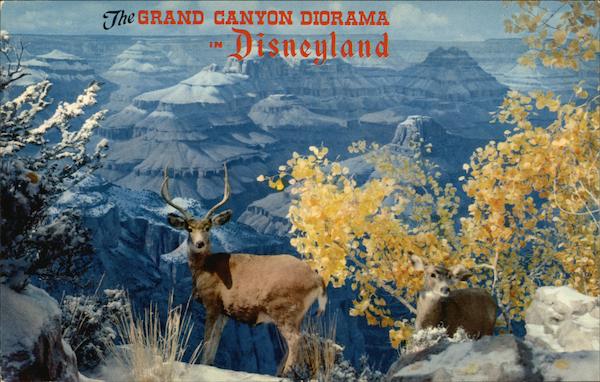
“For the Grand Canyon diorama, he actually designed the scenery and painted a smaller version,” Bossert said. “Then, he used by a team of artists from a Hollywood company that specialized in huge film and television backdrops.”
It was Claude Coats, as the show designer, who layered the scene, with realistic faux animals close to the train, up-close foliage and rocks, then the Grand Canyon itself, giving guests an awe-inspiring look at one of the world’s most magnificent natural wonders.
He even scattered some wild turkeys into the diorama, which Walt Disney immediately questioned.
“Claude actually went out to the Grand Canyon in Arizona and talked to Park Rangers,” Bossert said. “He did his research and when he came back and he was doing up the models and designs for that attraction, he had turkeys in there. When Walt first saw those turkeys, he was like ‘There aren’t any turkeys in the Grand Canyon,’ and Claude was like, ‘Oh yes, there are.’
“But Walt was still skeptical. There was a second encounter where Walt again asked, ‘Are you sure there are turkeys there?’ and Claude said, ‘I am sure, Walt. I talked with the Park Rangers out of the Grand Canyon they said not only are there turkeys, but the flocks are on the increase,’ and the next thing you know, Walt brings a guest in and he’s showing the guest the Grand Canyon diorama model and he says, ‘Did you know there are turkeys there?’”
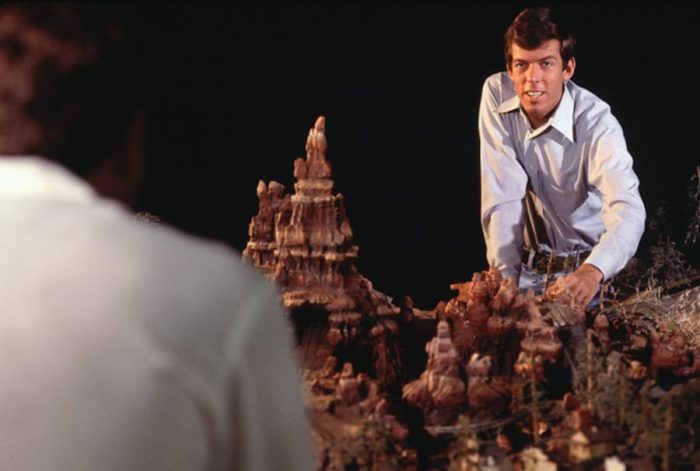
“Tony, in particular, was very important because Tony was mentored by Claude,” Bossert said. “You know Tony is considered the second generation of Imagineers. Another great aspect of Claude’s personality is that he’d talk to anybody, especially the new guys that were coming in, and he was a mentor to many of them.
“After Claude met Tony, they became great friends, so it was invaluable to have Tony’s input, including the ability to read through the manuscript and give any comments that he felt were needed.”
In addition, Baxter supplied many never-before-published photos to the project.
Because of his own close relationship with Coats, Bossert is able to give unique personal insight into Claude Coats, the man.
“His disposition was of a very thoughtful individual, but he was also a very sensitive guy and somewhat introverted. I mean, he was 6 feet, 6 inches tall and he was an imposing figure, sure, but he was also somebody who was just more quiet and he only viewed himself as a team player.
“On any of the interview transcripts that we were able to get of him, he’s always talking about being part of the team, not tooting his own horn. That just wasn’t his personality.”
Chuck Schmidt is an award-winning journalist who has covered all things Disney since 1984 in both print and on-line. He has authored or co-authored seven books on Disney, including his most recent, The Beat Goes On, for Theme Park Press. He also has written a twice-monthly blog for AllEars.Net, called Still Goofy About Disney, since 2015.





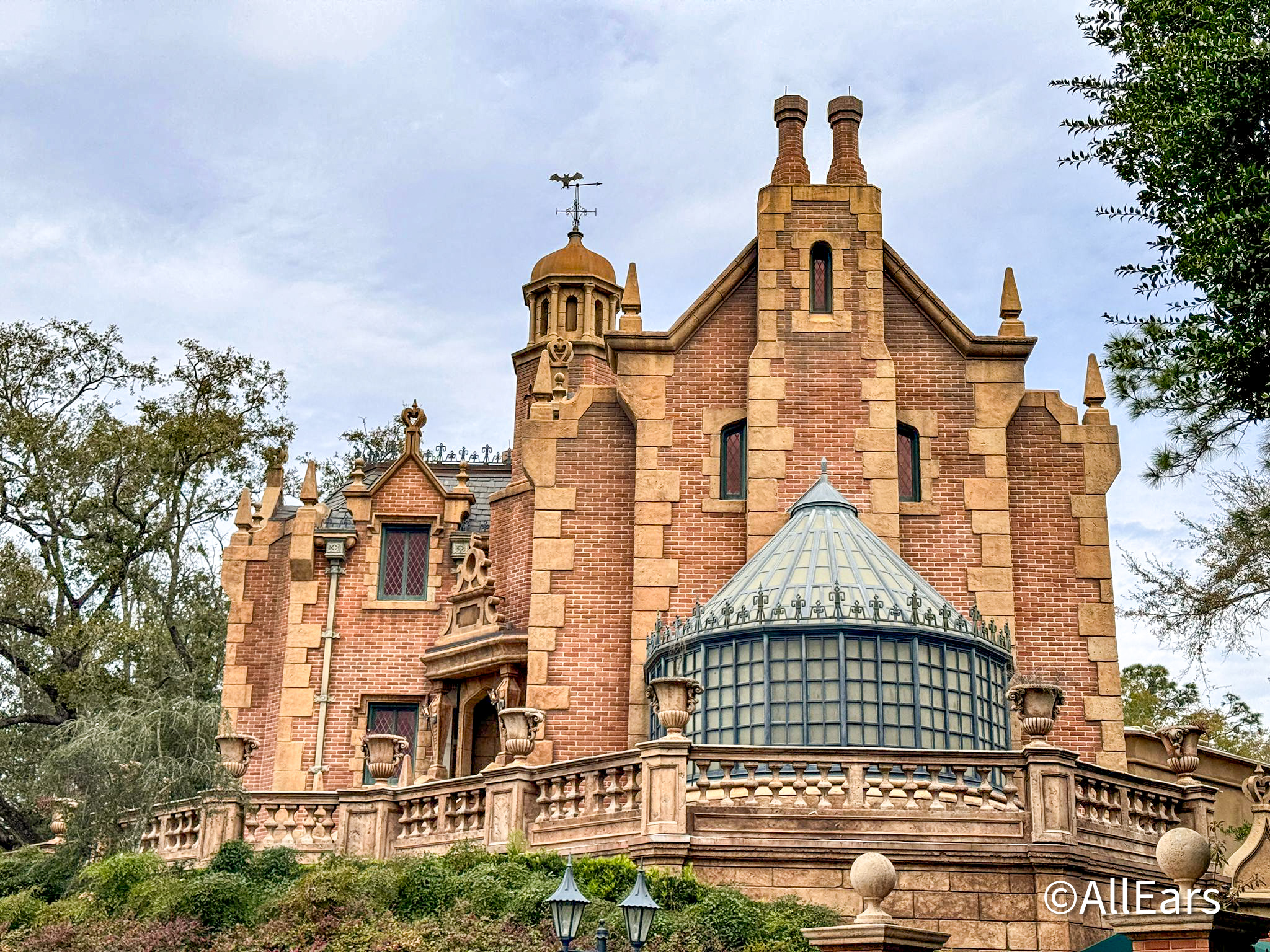

















Trending Now
A ride will close soon in Universal.
It's never to early to shop for Disney advent calendars!
Did you know Walt Disney World offers FOUR pet-friendly hotels?
We know what you'll be doing the next time you're in line for the Haunted...
Let's have a look at Disney World's Controversial Hotel announcement!
Looking for the perfect pants for your next Disney parks trip? Look no further --...
This might be the WORST decision you can make on Guardians of the Galaxy: Cosmic...
Some new nonstop flights are available to MCO!
There's one ride you should always rope drop in EPCOT.
These Haunted Mansion souvenirs are perfect for Foolish Mortals who wish to spend more time...
We have a warning if you are planning on staying at Disney's Pop Century Resort...
A reliable park bag is ESSENTIAL in Disney World and we've got four from Amazon...
We officially know the pricing for the new Lightning Lane Multi Pass and Lightning Lane...
Not only is this sipper coming next month, but it might be a hint that...
We had STRONG feelings on this umbrella.
Sports lovers will want to head to McDonald's now!
Let's talk about the 3 times we regret not splurging on a Deluxe Disney World...
Disney World fans say they'll NEVER eat at these hotel restaurants again.
Unfortunately, we did the research and know that THESE attractions are NOT included in Lightning...
Disney just shared the full list of songs coming to EPCOT's new fireworks show!